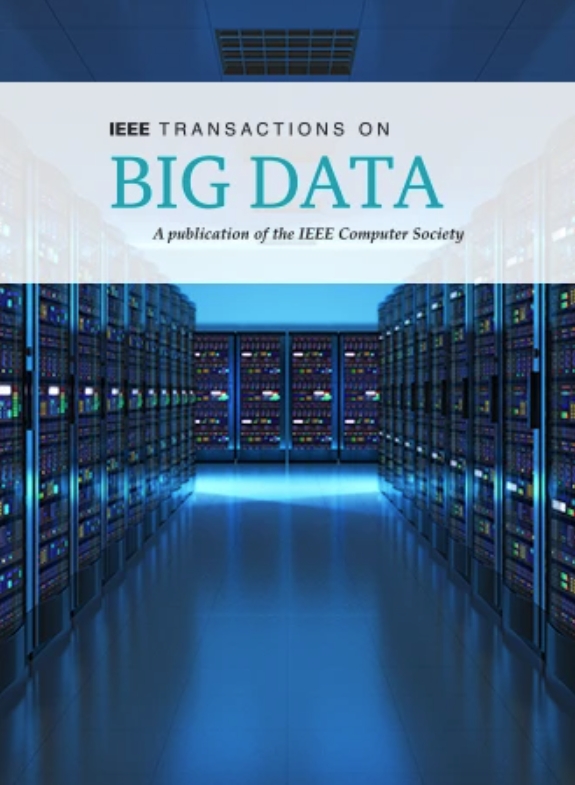灾害中社交媒体风险沟通的信息转换模式
IF 5.7
3区 计算机科学
Q1 COMPUTER SCIENCE, INFORMATION SYSTEMS
引用次数: 0
摘要
在一个受自然灾害和人为灾害影响日益严重的时代,社交媒体在灾害传播中的作用变得越来越重要。尽管对危机期间社交媒体的使用进行了大量研究,但在检测与危机相关的错误信息方面仍存在重大差距。检测信息偏差是识别和遏制错误信息传播的基础。本研究引入了一种新颖的信息转换模式模型,以识别在社交媒体上与危机相关的叙述中相互提及的用户观点的动态变化。这些变化是危机错误信息影响用户提及网络交互的证据。该研究利用先进的自然语言处理、网络科学和人口普查数据来分析与2022年俄克拉荷马州复合灾害事件相关的地理标记推文。在不同的灾难阶段,不同用户类型(如机器人、私人组织、非营利组织、政府机构和新闻媒体)的不同参与模式揭示了错误信息的影响。这些模式显示了不同的灾害如何影响公众情绪,突出了移动家庭社区的脆弱性,并强调了教育和交通在危机应对中的重要性。了解这些参与模式对于发现错误信息和利用社交媒体作为灾害期间风险沟通的有效工具至关重要。本文章由计算机程序翻译,如有差异,请以英文原文为准。
Information Switching Patterns of Risk Communication in Social Media During Disasters
In an era increasingly affected by natural and human-caused disasters, the role of social media in disaster communication has become ever more critical. Despite substantial research on social media use during crises, a significant gap remains in detecting crisis-related misinformation. Detecting deviations in information is fundamental for identifying and curbing the spread of misinformation. This study introduces a novel Information Switching Pattern Model to identify dynamic shifts in perspectives among users who mention each other in crisis-related narratives on social media. These shifts serve as evidence of crisis misinformation affecting user-mention network interactions. The study utilizes advanced natural language processing, network science, and census data to analyze geotagged tweets related to compound disaster events in Oklahoma in 2022. The impact of misinformation is revealed by distinct engagement patterns among various user types, such as bots, private organizations, non-profits, government agencies, and news media throughout different disaster stages. These patterns show how different disasters influence public sentiment, highlight the heightened vulnerability of mobile home communities, and underscore the importance of education and transportation access in crisis response. Understanding these engagement patterns is crucial for detecting misinformation and leveraging social media as an effective tool for risk communication during disasters.
求助全文
通过发布文献求助,成功后即可免费获取论文全文。
去求助
来源期刊

IEEE Transactions on Big Data
Multiple-
CiteScore
11.80
自引率
2.80%
发文量
114
期刊介绍:
The IEEE Transactions on Big Data publishes peer-reviewed articles focusing on big data. These articles present innovative research ideas and application results across disciplines, including novel theories, algorithms, and applications. Research areas cover a wide range, such as big data analytics, visualization, curation, management, semantics, infrastructure, standards, performance analysis, intelligence extraction, scientific discovery, security, privacy, and legal issues specific to big data. The journal also prioritizes applications of big data in fields generating massive datasets.
 求助内容:
求助内容: 应助结果提醒方式:
应助结果提醒方式:


